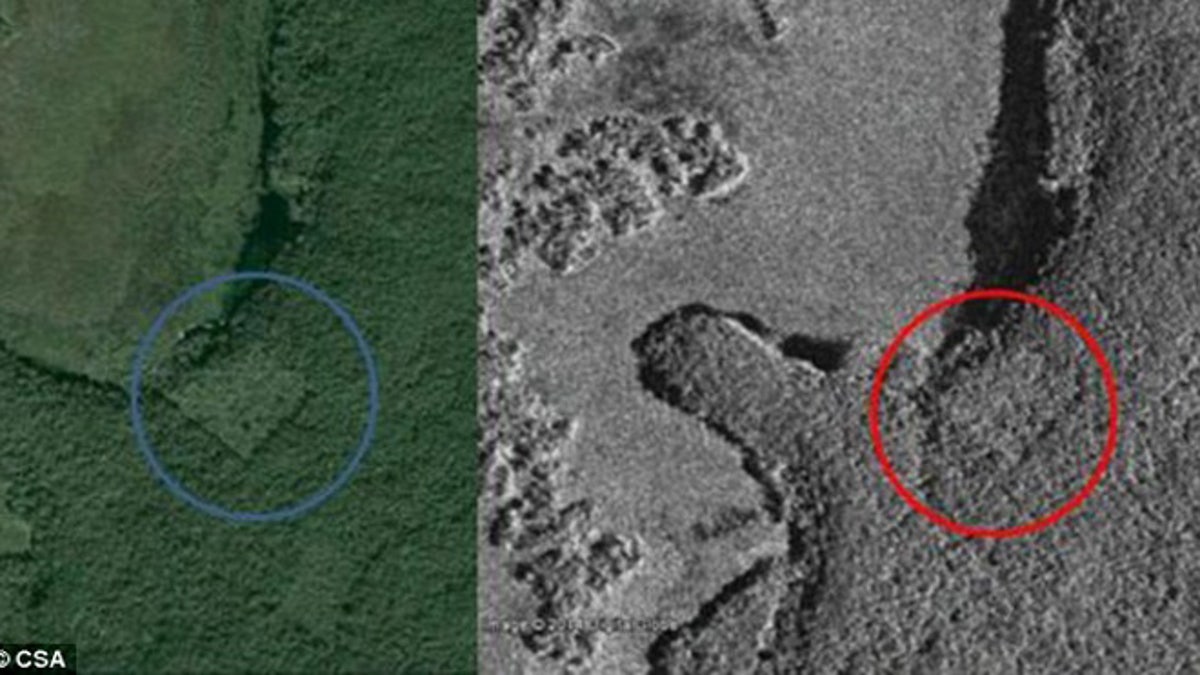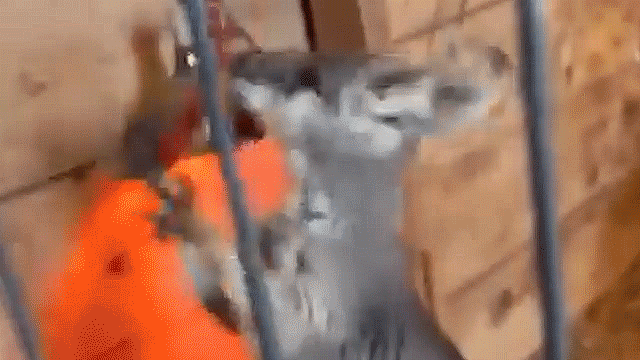
Mexican experts are casting doubt and urging caution in regard to a lost Mayan city discovered by a 15-year-old Canadian history enthusiast using Google Earth.
Working on his hypothesis that Mayan people in the Yucatan peninsula built their cities mirroring the star constellations up above, William Gadoury set out to locate 117 known cities on a map of stars. Using satellite images provided by the Canada Space Agency, he realized that a three-star constellation related only to two cities and began investigating if the third star could also have a match.
That’s when he consulted Google Earth and made the astonishing discovery — he spotted what appeared to be human-built structures overgrown by foliage.
The news traveled quickly around the world after the Canadian media broke it a few days ago. However, the Mexico City-based National Institute of Anthropology and History (INAH) is saying it cannot confirm the existence of the new city nor the information on Gadoury’s discovery posted by the Le Journal de Montreal on May 7.
But Mayan experts are casting doubt on the boy’s discovery, saying his hypothesis is off and no one knows for sure if the city was built by Mayans.
In a statement to Verne, a Spanish publication from El País newspaper, an INAH official said the theory that Mayan people built their cities based on constellations has been discarded by its anthropologists.
Other experts agree.
“The Maya did not design their cities nor their landscapes based on the stars. They did so based on mundane factors such as water sources, availability to raw materials and access to cultivable soil,” said Christopher M. Gotz, a professor and researcher from the Department of Anthropology at the Autonomous University of Yucatan.
"What were they going to live on, star-gazing?" he added.
Dr. Rafael Cobos Palma, a member of the National System of Researchers and PhD in anthropology from Tulane University, said the area was extensively explored since the 1930s by many Mexican and non-Mexican researchers.
"The peculiar proposal to explain the spatial distribution of Mayan settlements has been done before and, of course, playing with and moving around celestial layers one can get to find a number of spatial arrangements that resemble what has been done by humans on our planet," he told Verne.
Dr. Armand La Rocque, a specialist in teledetection from the University of New Brunswick played a major role in the analysis of images that led to Gadoury’s discovery. He said the new Mayan city is marked by what seems to be a huge pyramid surrounded by dozens of buildings.
"A square is not natural, it is mostly artificial and can hardly be attributed to natural phenomena,” Dr. La Rocque told The Independent, referring to the large square that could possibly be a pyramid.
According to EFE, the Canadian Space Agency (CSA), NASA and Japan's space agency have all verified that the structures discovered by Gadoury include a pyramid and about 30 buildings.
Gadoury has named the newly discovered city K'aak Chi, which means "Mouth of Fire" in the Maya language.
“I did not understand why the Maya built their cities away from rivers, on marginal lands and in the mountains,” Gadoury explained The Independent.
“They had to have another reason, and as they worshiped the stars, the idea came to me to verify my hypothesis. I was really surprised and excited when I realized that the most brilliant stars of the constellations matched the largest Maya cities.”
Besides participating in the expedition to the lost city, Gadoury hopes to attend Brazil's International Science fair in 2017.
EFE contributed to this report.
EFE contributed to this report.








































